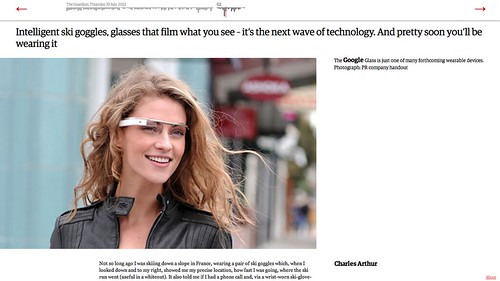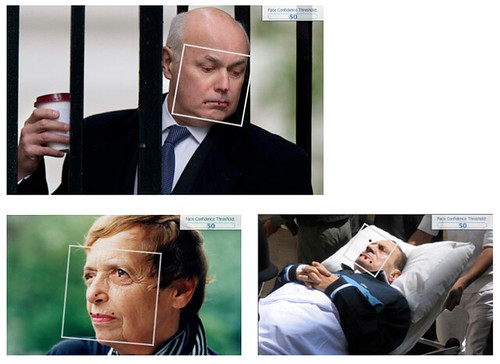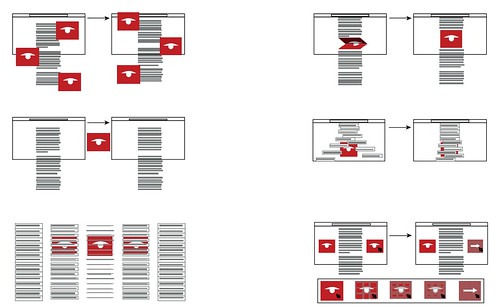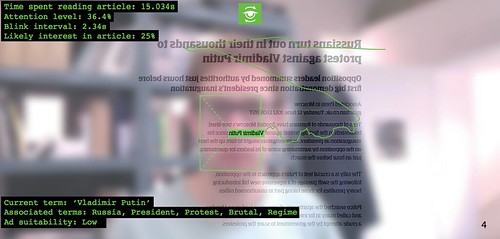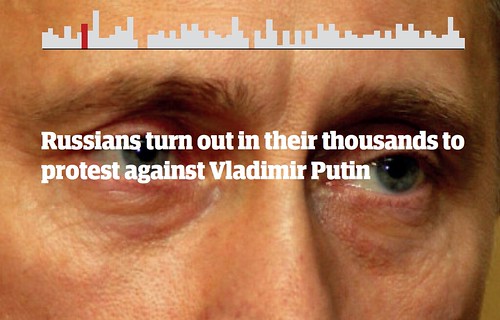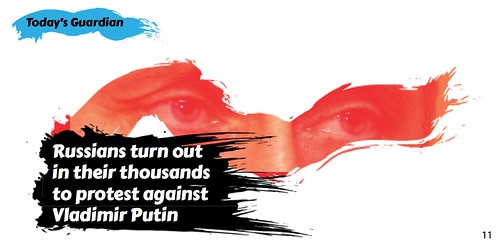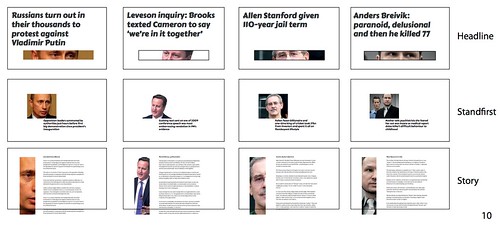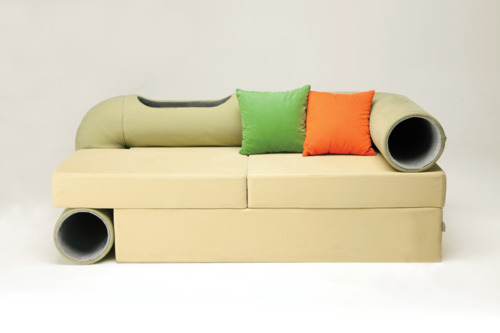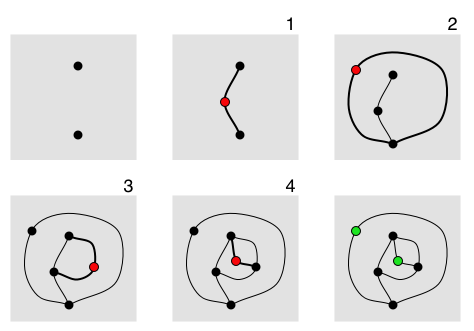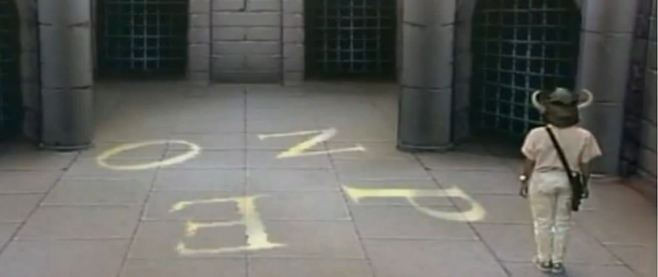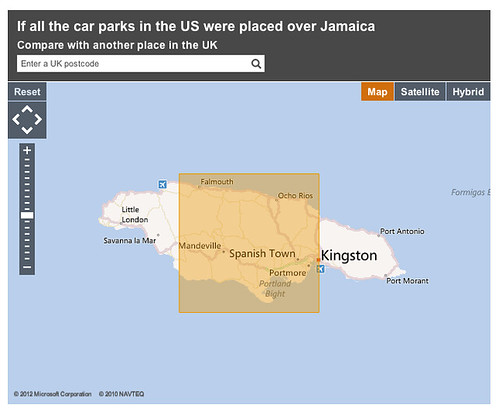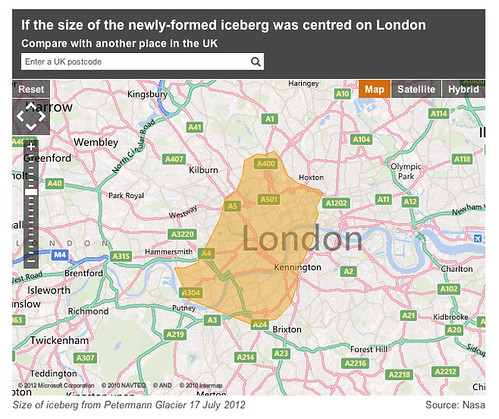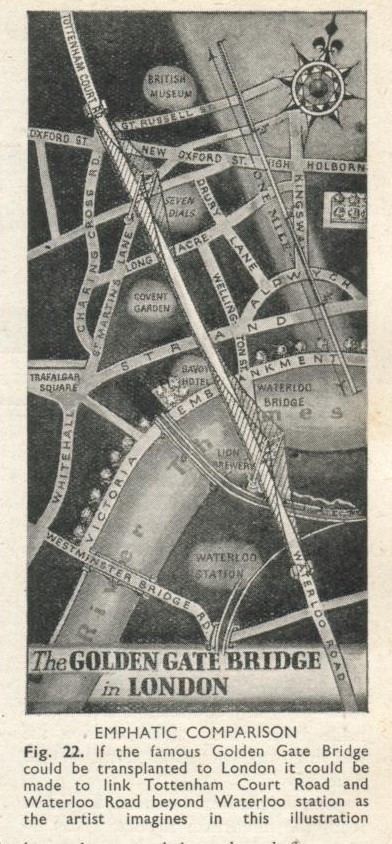“It would appear that ‘the future has taken root in the present.” (1) “The hardest thing is deciding what I should tell you and what not to.” (2)
Matthew, Jack and Matt J are out of the studio today to “take a deep breath of life and consider how it should be lived” (3) because “your focus determines your reality” (4) and these are the focus pullers of BERG.
Everyone else is seated around a long red table for our weekly catch-up, proclaiming what the week ahead will bring. “It’s funny how different things look, depending on where you sit.” (5)
Simon continues to project manage LP, Lamotte et al. with aplomb, deftly applying his “very particular set of skills; skills acquired over a very long career” (6) wherever required.
Alice harnesses “the world of the electron and the switch; the beauty of the baud” (7) to “prepare something special” (8) for users of LP. Particularly, dev tools and the shop. “It’s a beautiful system.” (9) “Cue the cheesy inspirational music.” (10)
On Monday and Tuesday James worked hard on LP. For the remainder of the week he’ll be at a festival of music in Winchester. For those of you that don’t know, Winchester “is a major party town” (11) and home to the “best party ever!” (12) I may be exaggerating but it does sound like it will be a good one.
Alex has taken the week off work to perform live at the festival. He DJ’s with a crew known as ‘Merk Chicken’, and “when (people) hear the music, (they) just can’t make their feet behave.” (13) Their sets are garnering an ardent following. Keep an eye out for them.
Anyway “let’s forget about the music right now”. (14) Elsewhere in the studio, Nick is exploring the LP code mines to see “just how deep the rabbit-hole goes” (15)
Andy is holding a soldering iron and performing intricate open-heart surgery on LP. “It’s kind of a delicate situation,” (16) I wouldn’t disturb him if I were you.
Denise is fine-tuning the print and pixels that form the LP launch material, preparing for the day that it will be “out there properly, in the public domain.” (17)
Helen is tending to the responsibilities associated with a studio manager in the second week of the month. She also watched live Olympic hockey this week, which sounds like tremendous fun, in spite of Team GB dramatic loss. Personally, “I’m much better at video hockey” (18) but I don’t think it qualifies as an official part of the worlds biggest sports festival. Yet.
Ruth and Phillip are doing heroic things with code, character animation and late nights. It all “sounds like hard work to me.” (19) Looking forward to the end-of-phase presentation on Friday.
Fraser is new to the studio! “Welcome to ‘The Program'” (20) Fraser. He’ll be writing copy for LP and manning the customer services desk after launch.
Nationally, eyeballs are fixed on the Olympics because “if you can’t be an athlete, be an athletic supporter.” (21) And everyone’s mood seems buoyant. “More please” (22)
“That’s the way it crumbles… cookie-wise.” (23)
The quotes peppering this update are taken from a totally arbitrary selection of movies. How many did you get?
1. Excalibur (1981)
2. The Terminator (1984)
3. Man of La Mancha (1972)
4. Star Wars: Episode I – The Phantom Menace (1999)
5. The Bourne Ultimatum (2007)
6. Taken (2008)
7. Hackers (1995)
8. The Illusionist (2006)
9. The Net (1995)
10. Bruce Almighty (2003)
11. Cabin Fever (2002)
12. 21 Jump Street (2012)
13. Grease (1978)
14. Kickboxer (1989)
15. The Matrix (1999)
16. Driving Miss Daisy (1989)
17. In the Loop (2009)
18. Big (1988)
19. Clue (1985)
20. The Bourne Legacy (2012)
21. Grease (1978)
22. The Simpsons Movie (2007)
23. The Apartment (1960)

